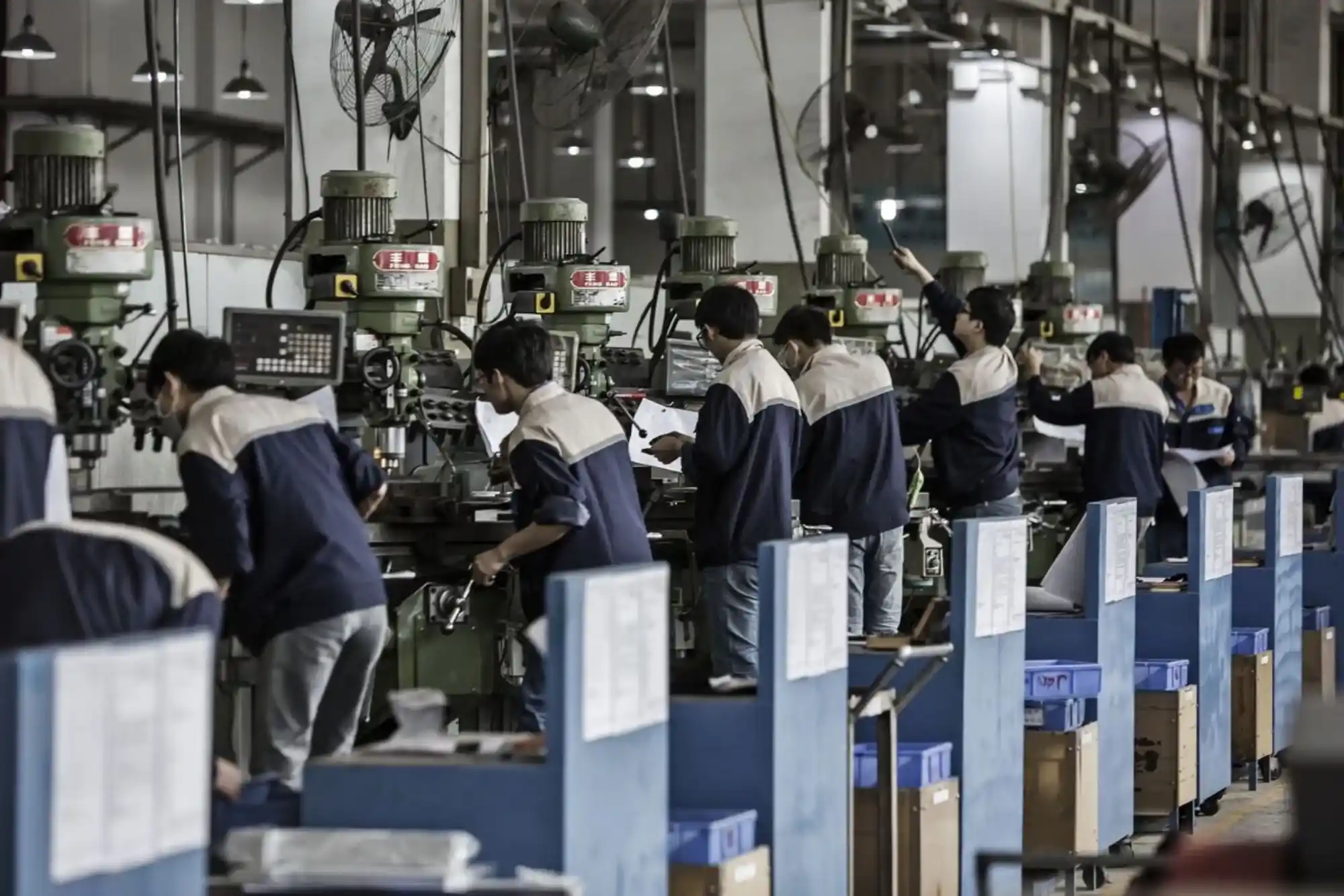Over the last few decades, Chinese manufacturing companies have fundamentally transformed the global economic landscape. China’s journey to becoming the world’s largest manufacturing hub is often referred to as the “manufacturing miracle.” In the late 20th century, China began to open its economy and embrace industrialization, which resulted in a manufacturing boom. Today, China is responsible for nearly 30% of global manufacturing output. Industries such as electronics, textiles, consumer goods, and machinery have experienced exponential growth due to China’s capacity to produce high volumes at competitive prices.
Cost Efficiency and Workforce Advantage
A crucial factor driving the success of Chinese manufacturing companies is the cost-efficiency they can offer. With a population exceeding 1.4 billion people, China has a vast and diverse labor pool. This large workforce provides manufacturers with the ability to scale production at lower costs compared to other countries. Although labor costs in China have risen in recent years, they are still relatively lower than those in many Western nations, allowing companies to maintain competitive pricing.
Beyond sheer numbers, China’s workforce is highly skilled in many technical fields. The country has invested heavily in education and training programs designed to equip workers with the skills needed for modern manufacturing environments. Skilled labor in fields such as electronics, engineering, and precision machinery enables Chinese companies to produce high-quality goods efficiently.
Additionally, government support through subsidies and tax incentives has helped reduce the financial burden on manufacturers, further enabling cost-efficient production. This combination of factors makes Chinese manufacturing companies attractive partners for multinational corporations seeking to outsource production or procure components.
Infrastructure and Technology Investments

China’s rise in manufacturing would not have been possible without substantial infrastructure development. The government has made significant investments in building state-of-the-art transportation networks, including high-speed railways, ports, and highways, which facilitate the efficient movement of goods both domestically and internationally. China’s logistics capabilities, which include some of the largest ports in the world like Shanghai and Shenzhen, ensure that products can be shipped quickly and cost-effectively to global markets.
Moreover, China is becoming a global leader in manufacturing technology. Its push towards automation and smart manufacturing has seen companies implement advanced technologies like robotics, artificial intelligence, and the Internet of Things (IoT) to optimize production lines. The Chinese government’s “Made in China 2025” initiative aims to transition the country from being the world’s factory of low-end goods to a producer of high-tech, value-added products.
Industries such as aerospace, semiconductors, and renewable energy are witnessing rapid growth as Chinese companies invest in research and development to build innovative capabilities. Companies like Xiaomi and Lenovo have revolutionized global electronics manufacturing, while China also plays a key role in the electric vehicle (EV) market, with firms like BYD at the forefront.
Innovation and Global Leadership
The global perception of Chinese manufacturing companies has shifted significantly in recent years. Historically viewed as producers of cheap, low-quality goods, Chinese firms are now recognized as innovators, especially in technology-intensive sectors. Chinese companies are leading the charge in industries such as telecommunications, consumer electronics, and electric vehicles.
Huawei, for example, has become a global leader in 5G technology, supplying infrastructure and consumer products worldwide. Similarly, Xiaomi and Oppo have disrupted the global smartphone market by offering feature-rich devices at competitive prices, capturing significant market share outside China. In the electric vehicle space, companies like BYD and NIO have made impressive strides, positioning themselves as key players in the rapidly expanding EV market.
Chinese companies are increasingly focusing on research and development, with many of them allocating a substantial portion of their revenues toward innovation. This investment in R&D has enabled Chinese firms to not only meet international standards but also to create products that set new benchmarks in quality and technology.
Dependence on the Global Supply Chain

The global supply chain is heavily reliant on Chinese manufacturing companies, making China an integral part of international commerce. Many of the world’s products, from smartphones to automobiles, contain components produced or assembled in China. The country is the leading producer of key raw materials and components, such as rare earth metals, semiconductors, and textiles, which are essential to various industries around the world.
The interdependence of global supply chains on China was highlighted during events like the COVID-19 pandemic, which caused significant disruptions in manufacturing and shipping. As factories in China faced temporary closures and logistical challenges, global companies struggled to secure necessary components, leading to production delays in many sectors. This illustrated the extent to which the world relies on Chinese manufacturers to maintain the smooth flow of goods.
China’s dominance in the supply chain is also supported by its efficient manufacturing ecosystems, where entire industries are clustered in specialized regions. For example, Shenzhen is known for its expertise in electronics, while other cities have specialized in textiles or automotive manufacturing. This regional specialization allows Chinese manufacturers to benefit from economies of scale and the rapid exchange of resources and knowledge within industries.
Challenges and the Future of Chinese Manufacturing
Despite its global dominance, Chinese manufacturing companies face challenges in the coming years. Rising labor costs, increased competition from countries like Vietnam and India, and ongoing trade tensions with major economies like the United States have prompted Chinese manufacturers to rethink their strategies. Many firms are seeking to move up the value chain by focusing on high-tech industries, automation, and domestic consumption.
Additionally, the Chinese government’s push for sustainability and environmental regulation may require manufacturers to adopt greener practices, which could initially lead to higher costs. However, these shifts may also open new opportunities for Chinese companies to become leaders in green technologies and sustainable manufacturing processes.




